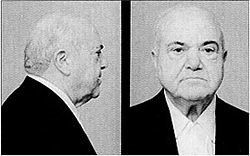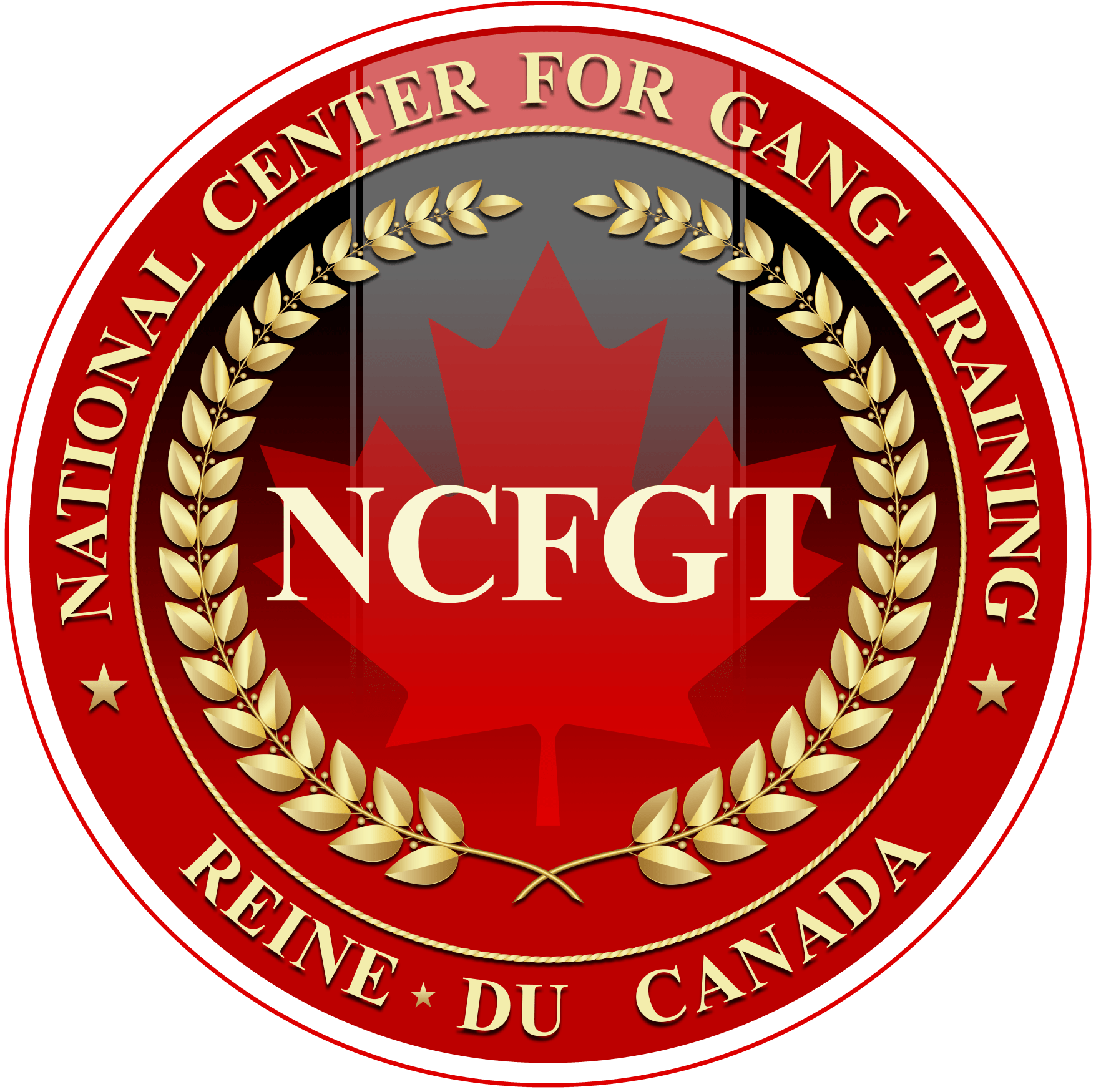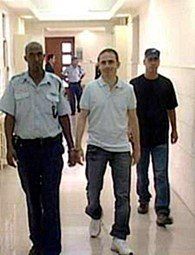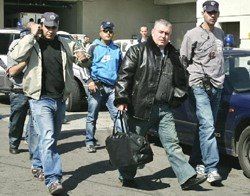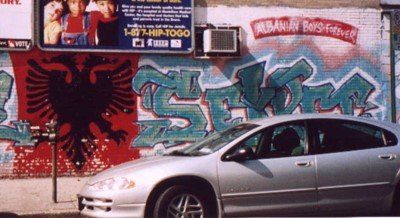Organized Crime in Israel pt.2
Organized Crime in Israel:
An Update (Part 2)
Itzik Abergil
The Abergil family has local and international tentacles. In Israel, they are regarded as the most dangerous of the five families. In the United States, the Department of State lists them as one of the world’s top drug traffickers. The Abergils are engaged in illegal activities such as drug trafficking, especially Ecstasy pills, money laundering, racketeering, gambling, and extortion. Several members of the family have been convicted of murders and assassinations.
The Abergil family started making headlines when Yaacov Abergil was assassinated in front of his children in June 2002. According to the police and others, his murder was ordered by Felix Abutbul, a member of the Abutbul crime family, and the owner of the Casino Royale chain of European casinos. Two months after the killing of Yaacov Abergil, Felix Abutbul was assassinated in front of his casino in Prague, in the Czech Republic. Consequently, Yitzhak (Itzik) Abergil became an important stakeholder in the Israeli Mafia’s control of European casinos and one of Israel’s top mafia bosses.
Yitzhak and his brother Meir were arrested in Israel on August 24, 2008. Their arrest was based on a United States extradition warrant issued against the two brothers and three other suspects, all suspected of being involved in the killing of a drug dealer in the United States in 2003. As of this writing, they are in custody in Israel awaiting extradition to the United States. With the extradition of the two brothers, the INP expects to see the collapse of the enterprise of the entire family.
The Alperon Crime Family
Yaacov Alperon and son Dror
The Alperons have been known for their protection rackets. They have waged war over control of markets such as bottle recycling and flower stalls as well as gambling clubs and casinos. The family was allied with the Abergils but had a bloody falling out. Their enemies also included Zeev Rosenstein and the Abutbul organized crime family (see below). In one of many incidents of violence caused by this rivalry, three members of a hit team dispatched to assassinate a member of the Alperon family got into a fire fight with a police unit that had the hit men under surveillance. As a result, one police officer was seriously wounded, and one gunman was killed. The head of the family, Yaakov Alperon, also known informally as Don Alperon (and to many Israelis as their Tony Soprano), was killed by a huge car explosion in Tel Aviv on November 17, 2008. He had escaped as many as nine previous assassination attempts. Coincidentally, one day after the assassination, two associates of the Abergil family were convicted and sentenced for long prison terms for a failed assassination attempt against Alperon’s brother.
The Abutbul Crime Family
Assi Abutbul
As already mentioned, Felix Abutbul at one time controlled a chain of European casinos and was assassinated in Prague. Another member of the family, mob kingpin Charlie Abutbul, escaped an assassination attempt in the Israeli coastal city of Netanya in 2008. This incident was symptomatic of the violent struggle between the Abergil family and the Abutbul family over the control of the Netanya organized crime turf. In November 2007, four men were convicted of conspiring to assassinate Asi Abutbul by firing a Lau anti-tank missile at Abutbul’s house in Netanya in December 2005. That was the fourth attempt on his life. The four hit men were sentenced to between 28 to 37 months in prison. Asi Abutbul, regarded as the top leader of the family, was sentenced to a term of 13 years in prison on June 22, 2009. He was convicted on a number of charges including running a criminal organization, extortion, arson, unlawful imprisonment, and financial crimes. In addition, much of his property, amounting to millions of dollars, was forfeited, and Asi was heavily fined. At the present time, Asi and six other senior members of the Abutbul gang are in prison.
Zeev Rosenstein
Zeev Rosenstein (center)
Zeev Rosenstein, the target of the assassination attempt on December 11, 2003 (see above), was arrested in November 2004 at the behest of the United States Department of Justice on charges of conspiring to traffic Ecstasy pills manufactured in Holland. Prior to his arrest he was considered Public Enemy No. 1 by the INP, which was unable to connect him to any crime carried out by his large organization. After failing to avert extradition to the United States to stand trial, Rosenstein was turned over to three U.S. Marshals at Ben-Gurion International Airport on March 6, 2006. (According to the extradition treaty between the United States and Israel, Israeli citizens residing in Israel, when extradited for crimes committed outside of Israel, can be extradited if after conviction they serve out their prison term in Israel.) Before his trial in Miami, a federal judge agreed to allow six INP undercover agents to testify in disguises (so requested by the Israelis), overruling objections by the defense that this would violate Rosenstein’s right to confront his accusers. With the trial scheduled to open on January 22, 2008, Rosenstein decided to enter a plea bargain admitting to charges of drug trafficking and ordering the attempted assassination of two members of the Alperon crime family. The plea bargain provided that Rosenstein would be sentenced in Florida to 12 years in prison and, as already mentioned, serve his time in an Israeli prison. Rosenstein returned to Israel in May 2007. Currently, he is one of Israel’s most protected inmates, serving his time in Shatta prison. Though much weaker, the Rosenstein criminal organization is said to have been taken over by another mobster, Amir Mulner.
The Jarushi criminal family
Not limited to the Jewish citizens of Israel, organized crime is also prevalent among the Arab citizens of Israel. Ziad and Hathe Jarushi are regarded by the INP as the most dangerous of the Arab gangsters. The Jarushis are engaged mainly in drug and arms dealings. They have been involved in several dozen deadly incidents, especially in the mixed Arab-Jewish towns of Lod and Ramle.
The State Comptroller Report to the Knesset: A body blow to the Criminal Justice System
In a scathing report issued in May 2009, State Comptroller Micha Lindenstrauss, in a mandated annual report to the Knesset, accused the state, the INP, and other agencies of failing to effectively combat organized crime. While lauding the police for targeting and arresting many of the top organized crime figures in Israel, the report emphasized the fact that to be successful in crushing organized crime, the financial underpinnings of the mob would have to be eliminated. It is on that level that the state and the police have failed to take any meaningful action against the assets of these organizations. Specifically, the report decried the fact that the assets of the criminal organizations have not been mapped out by the police and that any investigation and collection of financial information related to organized crime was not done systematically, and thus led to no seizures or confiscations of assets.
The report also summarized the many government decisions and statements issued since 2003 meant to set goals and provide the means to the police to successfully counter organized crime, noting the lack of cooperation among different agencies to implement such plans. For instance, the report criticized the Israel Tax Authority for failing to create the necessary investigation and intelligence capacity to fight organized crime. Moreover, according to the report, the Tax Authority has refused to cooperate with the police to the benefit of organized crime.
Indeed, as the State Comptroller sees it, lack of cooperation and coordination among such agencies as the Israel Tax Authority, the Israel Money Laundering Prohibition Authority, the Justice Ministry, the INP, and the State Prosecution lies at the heart of the failure to win this war. Consequently, the report recommends that the war on organized crime be concentrated under “one roof.” In addition, the State Comptroller accused the prosecution of failing to use the laws enacted by the Knesset against money laundering (2000) and organized crime (2003). And, even after making the war on organized crime one of its central goals, the State Comptroller asserted, the prosecution has failed to implement its plan of introducing the method of vertical prosecution in cases related to organized crime (Lindenstrauss, 2009).
Reacting to the State Comptroller Report, the INP defended its latest strategy in fighting organized crime but, at the same time, voiced its support for much of the report’s findings. According to the INP, due to its efforts (Lahav 433, improved intelligence, etc.) the heads of 15 out of 16 major organized crime outfits have recently been incarcerated, thus, for the first time, putting the mob in Israel on the defensive (Lappin, 2009). Still, the INP agreed with the State Comptroller that only a well-coordinated “structured financial attack” against the infrastructure of organized crime can eventually lead to the demise of organized crime in Israel.
Conclusion
Many years have passed since the existence of organized crime was brought to the attention of law enforcement and the Israeli public. The initial reaction of the INP was characterized by denial and, for many years thereafter, by empty rhetoric on the part both of the INP and the government itself. With organized crime left free to expand its illegal activities within and outside the country, violent turf wars eventually claimed the lives not only of rival mobsters but of many innocent bystanders who happened to be in the vicinity of an exploding bomb or shooting intended to kill an underworld target. With recent public demand for action, new police initiatives have been undertaken in the past three years, leading to the incarceration of the heads of many criminal organizations targeted by the police. Still, the war on organized crime in Israel cannot be called a success. As pointed out by the State Comptroller as recently as this past May, the war on organized crime lacks the financial component to target the all-important financial assets of the crime organizations. Though some anti-organized crime initiatives in Israel have been modeled after similar programs in the United States, Israel still must learn one fundamental lesson: To be successful in the war against organized crime, as well as crime in general, the entire criminal justice system and related agencies must share information, cooperate with one another, and coordinate their activities to achieve the desired common goal.
